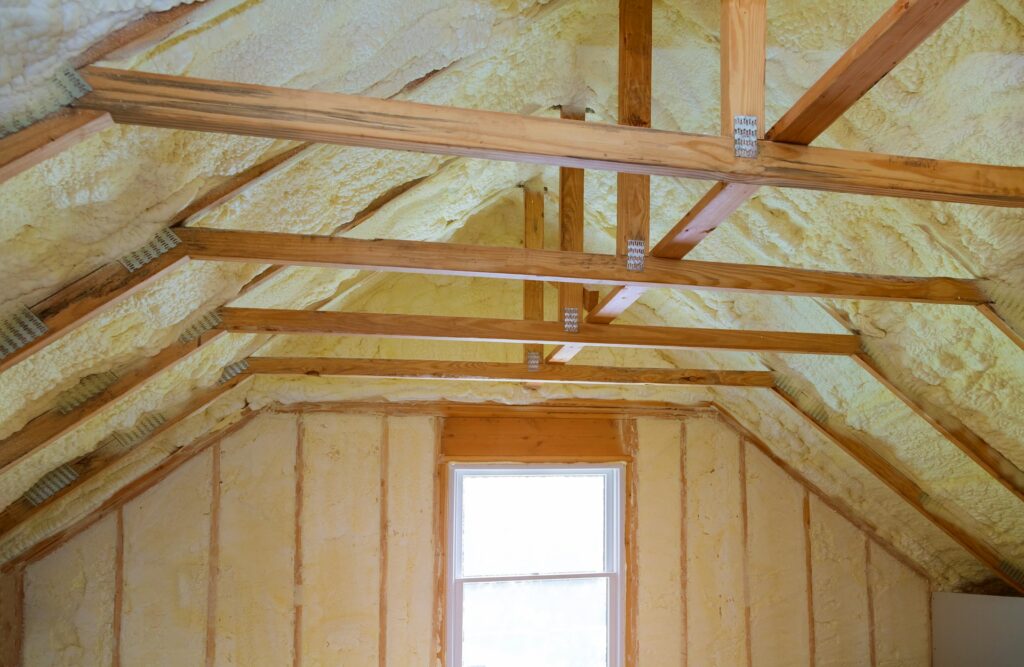Selecting the right attic insulation materials is crucial for maintaining a comfortable and energy-efficient living environment, especially in Palm Beach County’s unique and challenging climate. A well-insulated attic helps keep your home cooler in the summer and warmer in the winter, reducing the strain on your HVAC system and helping you save on energy bills.
In this article, we’ll discuss various types of attic insulation materials and their respective benefits to help you make an informed decision when upgrading or replacing your home’s insulation. From commonly used fiberglass batts to eco-friendly cellulose, we’ll cover the key features, pros and cons, and factors to consider when choosing the material best suited for your specific insulation needs. Read on and gain valuable insights into the world of attic insulation materials to make the best choice possible for your Palm Beach County home.
Fiberglass Insulation: A Popular and Versatile Choice
Fiberglass insulation is one of the most common types of insulation used in residential homes, particularly in the United States. Made from fine glass fibers, this insulation material is lightweight and available in both batts (pre-cut sections) and rolls, making it relatively easy to install.
Pros:
– Fiberglass insulation is known for its affordability, providing an attractive option for homeowners on a budget.
– Its non-flammable properties make it a safe choice for reducing the risk of fire-related incidents in your home.
– Fiberglass is an effective insulator, with an R-value (thermal resistance) of approximately 2.9 to 3.8 per inch.
– Resistant to mold and mildew, fiberglass insulation helps maintain a healthier attic environment.
Cons:
– Fiberglass insulation can lose its effectiveness if exposed to moisture, compromising its thermal performance.
– The glass fibers can pose a risk to installers if inhaled or come into contact with skin, necessitating proper protective gear during installation.
– Over time, fiberglass insulation may sag or compress, reducing its insulation capabilities.
Cellulose Insulation: An Eco-Friendly Alternative
Cellulose insulation is made from recycled paper, typically newsprint, treated with fire-retardant chemicals. Available in loose-fill or dense-pack forms, it is blown into place using specialized equipment, making it ideal for irregularly shaped attic spaces.
Pros:
– Cellulose insulation offers an environmentally responsible option, as it’s manufactured from recycled materials and requires minimal energy to produce.
– With an R-value of approximately 3.2 to 3.8 per inch, cellulose insulation provides effective thermal performance.
– The material’s density helps reduce air infiltration and offers better soundproofing capabilities.
– Cellulose insulation has been found to demonstrate superior resistance to convective heat transfer compared to other insulation materials.
Cons:
– Cellulose insulation may be more expensive than fiberglass insulation.
– Installation requires professional equipment and expertise, which could increase the overall cost.
– The material’s moisture-absorbing characteristics can pose a risk for mold and mildew growth if not properly managed.
Spray Foam Insulation: A High-Performance Option
Spray foam insulation is a versatile and high-performing material that is applied by spraying a liquid polyurethane foam onto surfaces, which then expands and hardens in place. It comes in two types: open-cell and closed-cell, each offering distinct benefits.
Pros:
– Spray foam insulation boasts higher R-values than other materials, with open-cell foam at approximately 3.5 per inch and closed-cell foam at 5 to 7 per inch.
– The foam’s expansion upon application ensures a seamless barrier to air and moisture, reducing drafts and preventing condensation problems.
– Closed-cell spray foam is highly resistant to water damage, making it a desirable option in regions where flooding or moisture accumulation is a concern.
– Spray foam insulation provides additional structural integrity to walls and roofs, due to its adhesive properties.
Cons:
– Spray foam insulation is typically more expensive than other insulation materials.
– Installation requires specialized equipment and trained professionals, which may increase the overall cost.
– Some individuals may be sensitive to the chemicals used in the spray foam, necessitating proper ventilation during and after installation.
Mineral Wool Insulation: A Durable and Fire-Resistant Choice
Mineral wool insulation, also known as rock wool or slag wool, is made from molten rock or metal slag fibers and is available in batts or loose-fill form. It is known for its durability and excellent fire resistance.
Pros:
– Mineral wool insulation offers superior fire resistance compared to other insulation materials, due to its high melting temperature.
– With an R-value of approximately 3 to 4 per inch, mineral wool provides effective thermal performance.
– The material is highly resistant to moisture and does not promote mold or mildew growth.
– Mineral wool insulation offers excellent soundproofing capabilities.
Cons:
– Mineral wool insulation can be more expensive than fiberglass insulation.
– The installation process may expose installers to abrasive fibers, requiring proper protective gear.
Achieve Optimal Energy Efficiency with All Thermo
Selecting the right attic insulation material for your Palm Beach County home is crucial in achieving optimal energy efficiency and comfort. With various options available, it’s essential to consider each material’s unique features, pros, cons, and suitability for your specific needs.
Are you ready to upgrade your attic insulation? Contact All Thermo today for more information and a comprehensive assessment of your home’s insulation needs. Our team of professionals will guide you through the process, help you select the best insulation material for your home, and provide top-quality attic insulation services.

